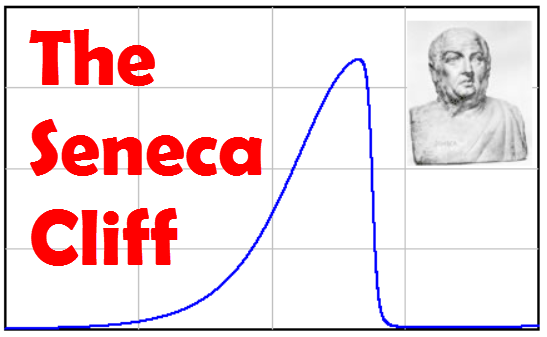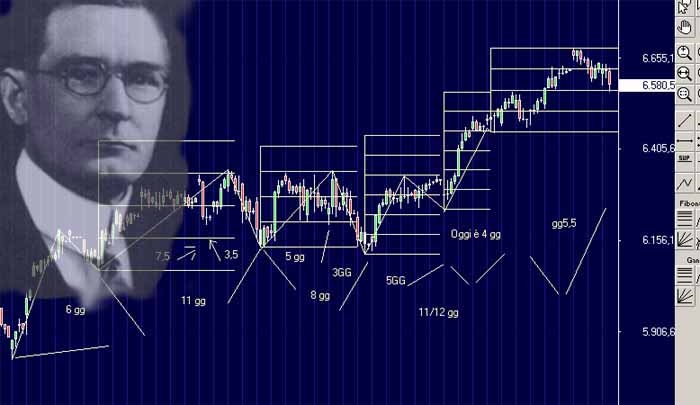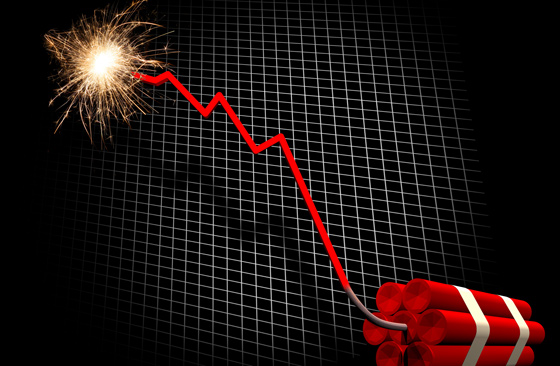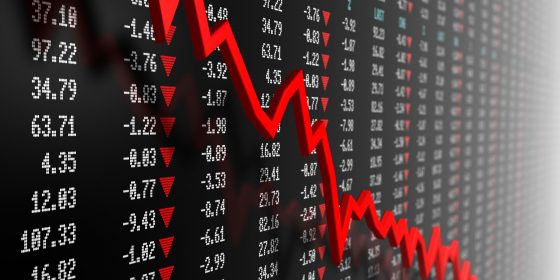A lot more will have to happen before this turns into a crash; and markets are not there yet.
With all this wailing in the media about stocks, you’d think there’s at least some blood in the streets. But no. Not a drop.
The Dow fell 4.6% today to 24,345. This 1,175-point drop, as it was endlessly repeated, was the biggest point-drop in history – but irrelevant given how relentlessly inflated the industrial average had become. The percentage drop today, combined with the drops of last week, took the Dow down just 8.5% from its all-time high on January 26.
For the year, the Dow is down merely 1.5%. I mean, what horror. The last time this sort of debacle happened was way back in ancient history of January and early February 2016.
The Dow is not even in a correction (defined as -10% from its recent high). But that messy Friday and Monday, following a record 410-day streak without a 5% decline, did break the recently pandemic illusion that you cannot lose money in stocks.
When the Dow gained 1,000 points in the shortest time ever, after having already booked the fastest-ever 1,000-point gains in prior months and years, no one was complaining about it. These rapid-fire 1,000-point-gains had become the new normal. So today, one of those 1,000-point gains has been unwound.
The S&P 500 dropped 113 points, or 4.1%, to 2,648. This took the index back to December 8, 2017. The past six trading days were the worst decline since … well, since the weeks leading up to February 7, 2016, at which point the S&P 500 was off 19%, not quite enough for a dip into an official bear market.
The Nasdaq fell 272 points today, or 3.8%, to 6,967, below 7,000 for the first time since the end of December, but remains, if barely, in positive territory for the year.
…click on the above link to read the rest of the article…









 Before I get into my analysis and the reasons we are heading towards the
Before I get into my analysis and the reasons we are heading towards the 






